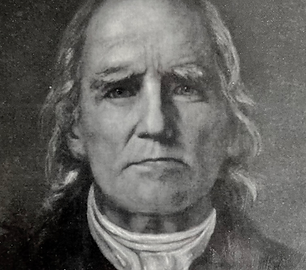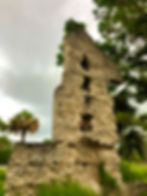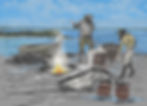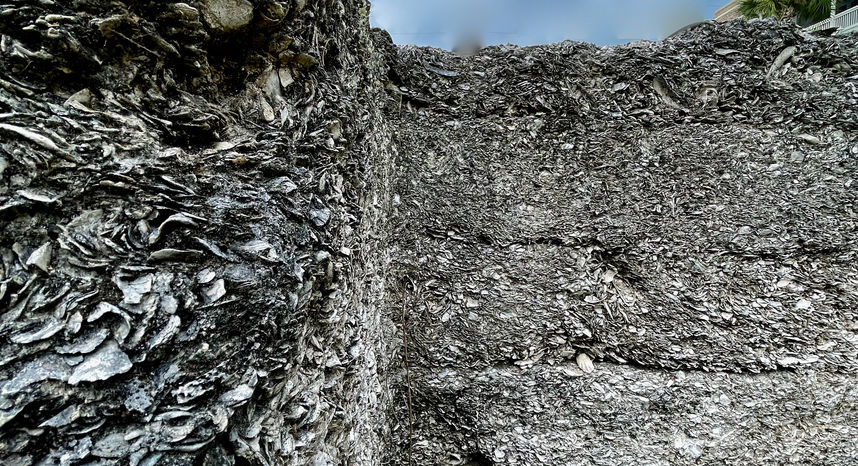

the
HISTORY
OF
TABBY
Tabby construction has its roots in the techniques of Spanish settlers later adopted by English colonist.
By the early 1800s,
Thomas Spaulding developed Sapelo Island and parts of the Georgia coastline using this method. The use of Tabby along the coast demonstrated the resourcefulness in utilizing the tidewater environment to its fullest advantage and adapting to the ecological conditions of the region, especially the availability of natural materials like oyster shells..


The abundance of natural materials, such as shell from indigenous mittens along the title, creeks and rivers, made the production of Tabby relatively inexpensive. Despite the low cost, the resulting structures were remarkably durable.

Tabby ruins are significant in helping us understand historical techniques, and appreciate the continued legacy of Tabby construction in the region. The lasting presence of tabby structures throughout the Sea Island serves as a testament to their endurance and the long-standing tradition of working with natural materials to define the regions architectural aesthetic

Early tabby construction is composed of shells, lime, and sand in equal portions. By burning oyster shells, when mixed with freshwater, the residue ash from the shells made in ideal adhesive when combined with additional shells and sand. These materials are rarely available in the title, rivers and creeks throughout the sea islands.

With equal portions of lime, shells, and sand, it is mixed together with water, then poured into boxes, the thickness of the walls. The boxes were made of high-quality boards and were kept apart by pins at every three or 4 feet. The pins were removed as soon as that tabby began to harden, and the boxes were reset for another round.


